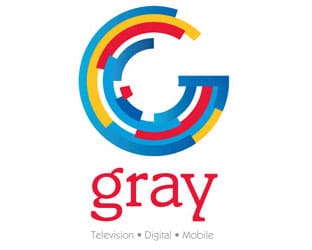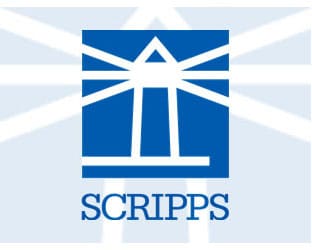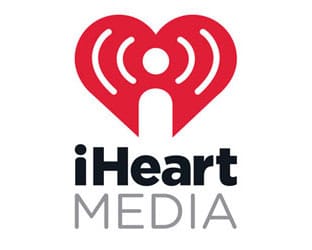Poor comps? Not here.
Gray Television enjoyed a Q2 2017 that was nothing short of spectacular, as revenue surged to $226.7 million from $196.6 million, and net income catapulted to $70.6 million (97 cents per diluted share) from $17.7 million (24 cents).
Thank the Spectrum Auction for the strong quarter, and buckle up for a bumpy Q3.
The achievement was seen despite a political advertising revenue drop to $3.7 million, from $9.6 million, minus agency commissions.
That said, there is a big pimple on Gray’s smiling face: It’s cash on hand evaporated to $42.4 million, from $325.2 million, while its long-term debt surged to $1.84 billion, from $1.76 billion.
Perhaps most notably, the Q2 results are heavily weighted by a big payday from the relinquishment of two licenses in the FCC’s Spectrum Auction. WIFR-TV in Rockford, Ill., brought in $50,060,965 for Gray; the spectrum for WAGT-TV in Augusta, Ga., attracted a winning bid of $40,763,036.
Then, there’s Gray’s Q3 forecast: The owner of broadcast TV stations expects $59.5 million in revenue and $36.7 million of broadcast operating expense tied to stations Gray purchased in both 2016 and 2017.
Local and national advertising revenues (excluding political advertising revenue) during Q3 2016 “were significantly influenced” by the broadcast of the 2016 Summer Olympics on Gray’s NBC-affiliated stations. Thus, the company is pulling out all stops now to prevent is stock from sinking following the release of its Q3 2017 figures.
“On a Combined Historical Basis, we anticipate that aggregate local and national advertising revenue, excluding approximately $8.2 million of advertising revenue attributable to the broadcast of the 2016 Summer Olympics, will increase in the low to mid-single digit percentage range,” the company said of its Q3 forecast. “We believe our third quarter of 2017 national advertising revenue will increase in the low single digit percentages.”
But, Gray added, “We believe our third quarter of 2017 local advertising revenue will decrease in the low single digit percentages.”
Like other broadcast TV companies, Gray is counting on a surge in retransmission fees to propel its income.
“We believe our third quarter of 2017 retransmission consent revenue will increase by approximately $14 million, to approximately $70 million,” the company noted.
Reflecting on Gray’s glowing Q2 results is therefore the wise move for Gray, as it noted that its operating revenue and political advertising revenue “significantly exceeded the high end of the guidance ranges that we had provided for this period.”
This hopefully will sway investors following Tuesday’s Opening Bell on Wall Street, rather than the sour Q3 that’s taking shape today.





